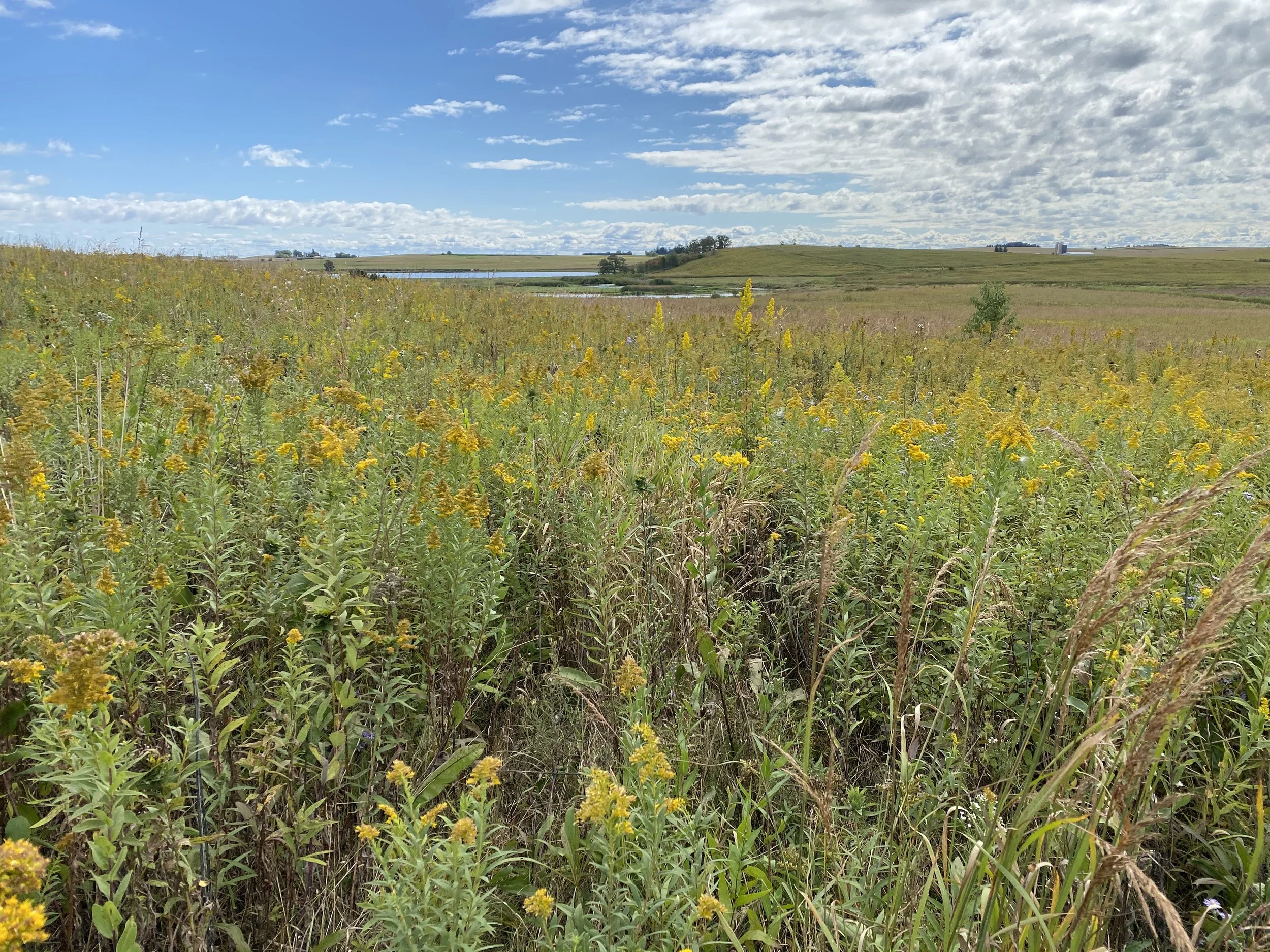The two most honest and accurate responses might be: Not sure and We'll see.
But pushing forward into the Great Unknown, here's some speculation.
American Coots. Photo by Arlene Koziol
Every conservationist and environmentalist I've talked to is relieved and thankful for the results in the Governor's and state legislative races. Conservation was not a big topic in the Governor's race but Mr. Michaels hinted at drastic changes in the DNR. That agency has yet to recover from the Walker/Steppe years and Michaels seemed to promise more of more of those misguided decisions.
Anytime I hear of splitting the DNR I get nervous. As someone who worked for the DNR for two years and worked closely with the DNR in several other jobs and as a volunteer since, I can tell you it's a far from perfect organization and has been the cause of my personal and professional frustration on more than one occasion. But most of the staff are skilled and dedicated. More to the point, folks in the environmental programs and those in the fish and wildlife programs have to work together, closely and often. As the faithful six readers of this blog know, I care a lot about fish and healthy streams. For the DNR to do its job, the fish biologists must work closely with water quality biologists, wastewater engineers, water regulators, and lots of other staff in different programs. Having the department divided in two agencies, especially if the leadership of one was skeptical of science and suspicious of the need for any new regulation, would hamper such cooperation with regard to fish, wildlife, and us humans too.
Northern Harrier over a Goose Pond Sanctuary prairie. Photo by Arlene Koziol
The elections of Evers and a Legislature that will probably support his vetoes means that destructive changes to our environmental programs are less likely to happen. The Governor has been a strong supporter of the Stewardship program, which has emerged as the key priority for conservations.
Which leads to more specifics. Within weeks or days, this blog and other missives from Madison Audubon , Gathering Waters, Groundswell Conservancy, The Prairie Enthusiasts, the Mississippi Valley Conservancy and on and on will ask us to contact our legislators and ask that they support Stewardship. The program needs more money, more time, and less anonymous control by the Joint Finance Committee. The struggle between the Governor and the Republican majority in the Legislature will be how to spend the billions (yes, you read that right) in surplus funds. You'd think the state's sound finances would bode well for Stewardship. I hope so but I doubt it. In my opinion, much of the Republican opposition to Stewardship is ideological. But, but, but, many Republicans still recognize the value of Stewardship and its importance to many constituents. They are why we still have the program. Let's make sure they hear from us again, early and often.
Now is the time in the blog that I make the points that conservation should be bi-partisan and that historically many Republicans have supported conservation, especially Stewardship. Then comes the hope that those days might return.
One test will be whether Fred Prehm finally leaves the DNR Board. Thanks to some dogged reporting and Marcy West, a courageous DNR Board Member, we know that Prehm has stayed on the Board long after his term expired with the encouragement of Republicans in the hopes that Evers would lose and he would be re-appointed. If he leaves and the Republican dominated Senate approves an Evers appointee to the Board, we can hope that some cooperation on conservation is possible.
Let's hope. And prepare to contact those legislators.
Topf Wells, Madison Audubon advocacy committee chair









